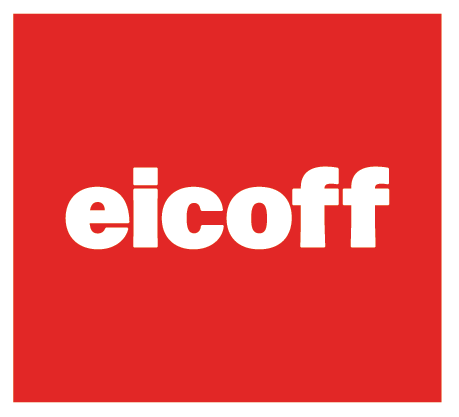Developing Creative To Incite The Non-conscious Mind
Author: Neil Adler. Source: MediaPost
Neuromarketing research helps marketers better understand consumers’ non-conscious responses to ads. Yet most of the time, this research occurs at the end of the creative process, when it is difficult to make adjustments. An exciting development that holds great potential for advertisers is to use neuroscience and behavioral science insights across the creative process.
Leveraging an understanding of non-conscious (or System 1) consumer psychology throughout creative development can increase the chance of changing behavior by producing ads in tune with how the brain naturally processes information. It also introduces new terms and ideas into the creative discussion early on, offering an opportunity to brainstorm in novel and exciting ways.
An Evolution in Creativity
Tanya Chartrand of Duke University defines non-conscious consumer psychology as “behavior that is driven by processes that occur outside a consumer's conscious awareness.” For example, when consumers walk the aisles of a supermarket, there are automatic or implicit processes in motion (e.g., hearing background music) that can influence decisions without requiring conscious attention.
Advertisers can account for non-conscious consumer psychology across the creative process by implementing three crucial steps:
Apply behavioral science insights to strategy. The goal is to identify common consumer decision-making habits, and develop strategies that prompt action based on that insight. Examples of these habits include heuristics – i.e., decision-making short cuts (think user experience), and biases – i.e., an inclination for or against something (think stereotypes).
Use neuroscience insights to create concepts that leverage visual and copy techniques to help key messages be more easily perceived and stored.
Use neuroscience and behavioral science-based market research methodologies to measure non-conscious processes (e.g., brain-imaging) to develop best practices for future projects.
These three steps can work together synergistically to incite the non-conscious mind. There are some agencies that implement one of these steps, or perhaps two, but few are operating with all three.
Connecting Behavioral Science to Neuroscience
One example of how behavioral science insights can be applied to the development of strategy is provided by Matthew Willcox in his book "The Business of Choice: Marketing to Consumers' Instincts." He notes coffee-machine maker Nespresso leverages the notion of self-efficacy, to prompt consumers into action – in other words, “increasing people’s confidence to make them act more quickly and feel better about their choice.”
To execute on this strategic direction, a creative approach was used that can be traced to a neuroscience insight.
Nespresso applied a neuroaesthetic technique called perceptual problem solving. This technique challenges the brain to engage and resolve a perceptual puzzle to capture and hold attention. For Nespresso, marketers developed a coded system of names and colors representing different categories and flavors of coffee. Consumers find a seemingly complicated system that with attention is quickly understood. An expert in coffee, you are!
Future to the Back (of your mind)
Another example of engaging non-conscious consumer psychology comes from a collaboration between the Wilde Agency and Sentient Decision Science, pioneers in applying behavioral science to marketing and market research, respectively. The team conducted two identical studies to explore the role of behavioral economic (BE) principles in motivating Millennials to consider and purchase life insurance, and start saving more for retirement.
One principle tested was the temporal discounting bias: The tendency of people to place less value on rewards that arrive in the future and more value on those they can have immediately. The Wilde Agency developed test and control statements to counteract the temporal discounting bias and trigger a favorable choice.
Sentient Decision Science then used implicit-based tests, including eye tracking, and investigated various emotional associations, via a quantitative online survey.
Lianne Wade VP of Customer Insight at Wilde Agency shared the result: “Our research with Millennials proved they can be persuaded to purchase more life insurance and save more for retirement by increasing the relevance to them through offsetting the temporal discounting bias. Making the future more immediately present for Millennials increases feelings of calm they associated with purchasing life insurance, and feelings of relief they associated with retirement savings. Employing these findings in marketing efforts can have a bottom line impact.”
We Have the Technology
The Nespresso and the Wilde Agency/Sentient Decision Science study examples provide insight into how advertising agencies can develop creative that leverages non-conscious consumer psychology across the creative process. The approach is a relatively inexpensive way to significantly enhance a traditional creative process.
When strategists and creatives apply neuroscience and behavioral science insights, they are using innovative ways of thinking that can expand our creative potential. Is your agency ready to take the next step?


